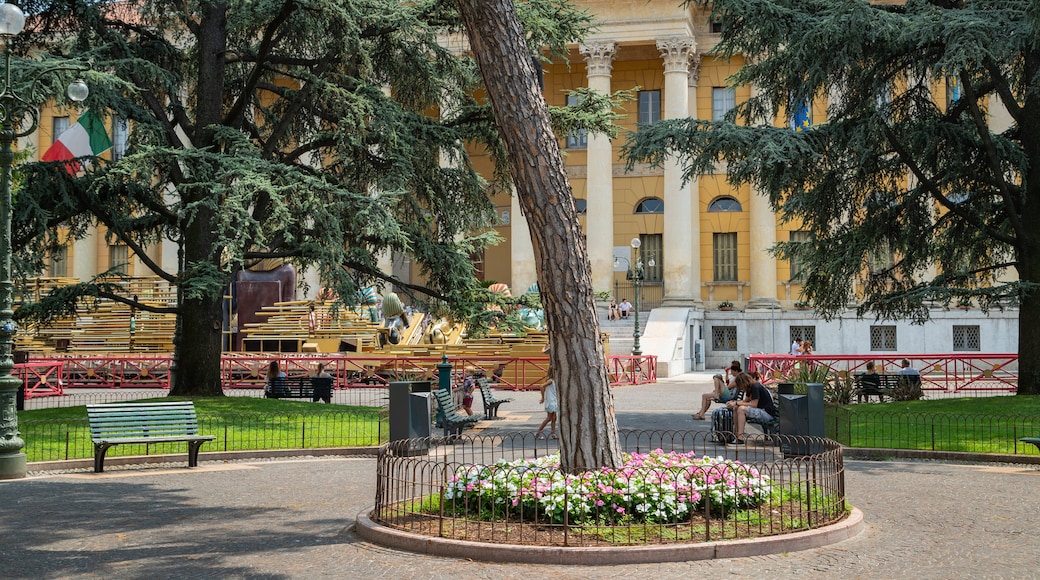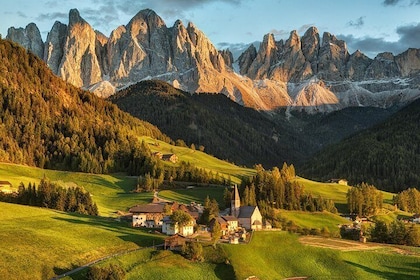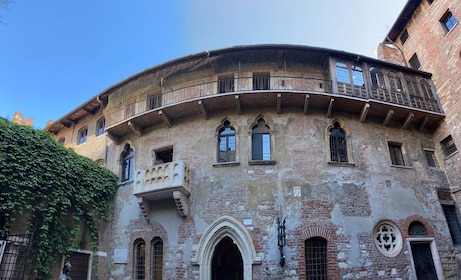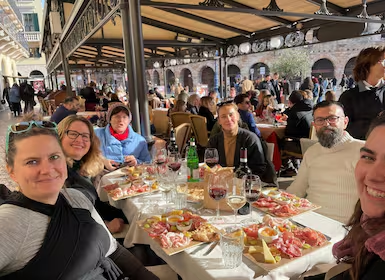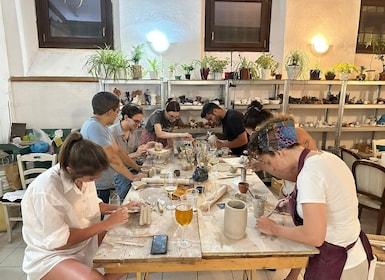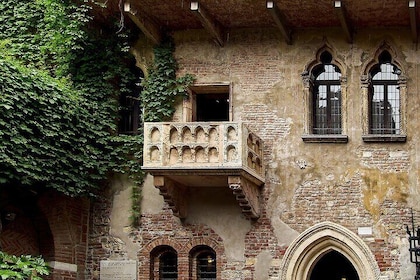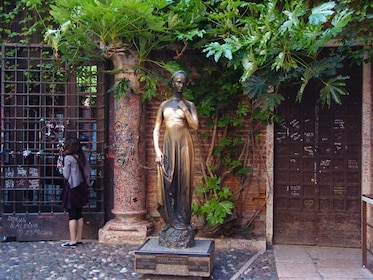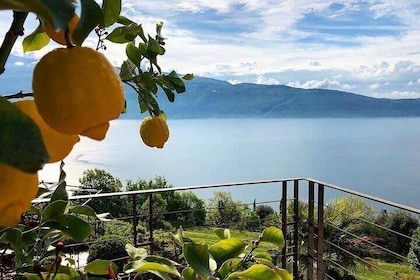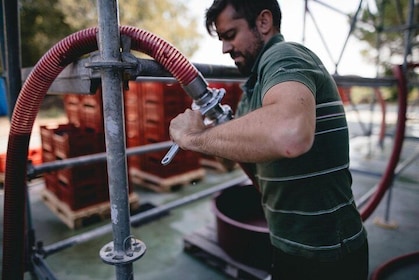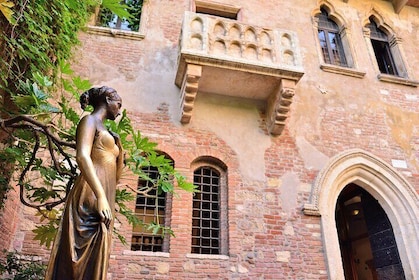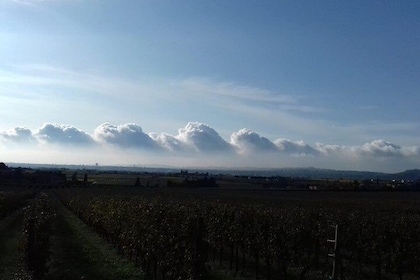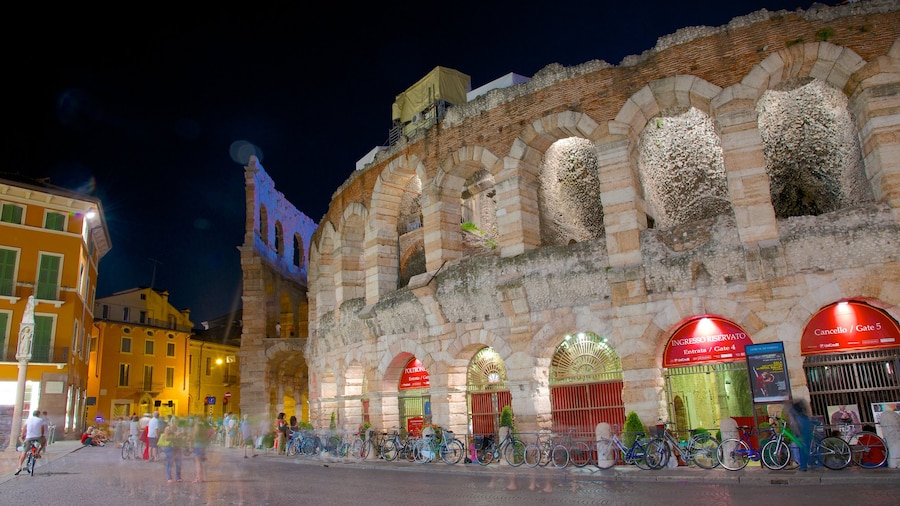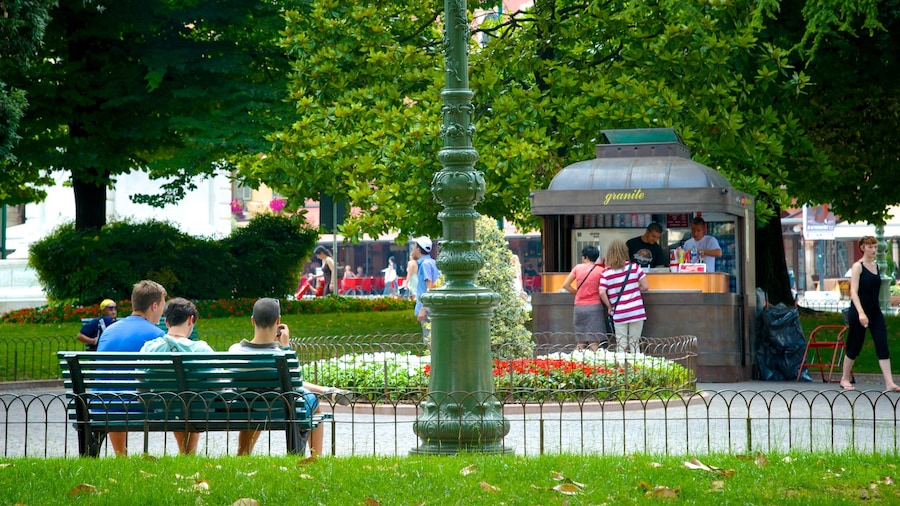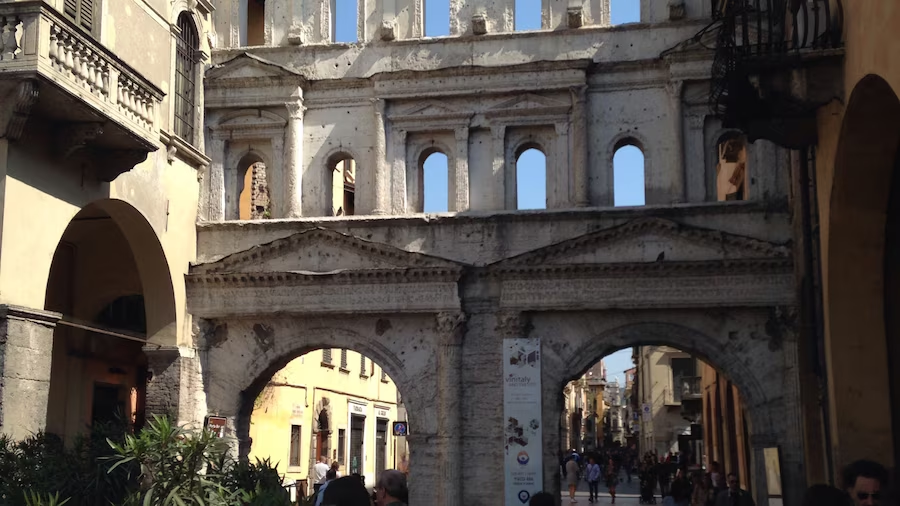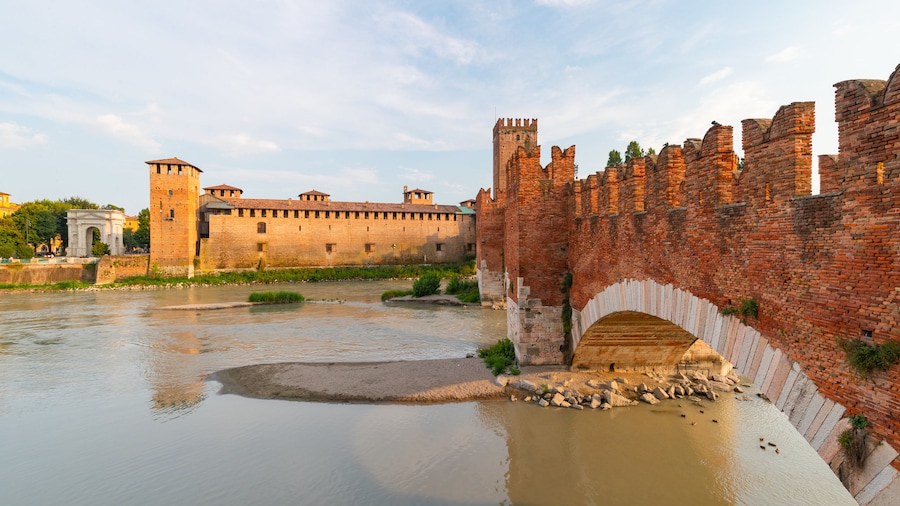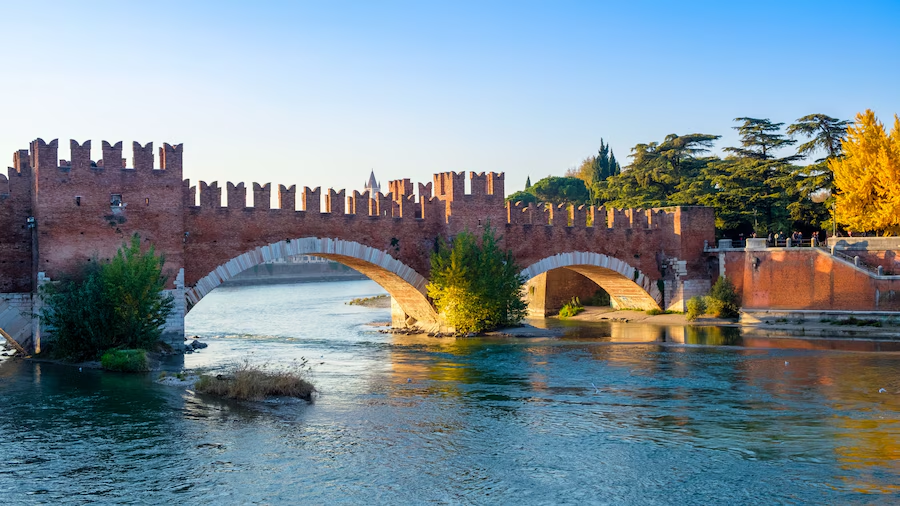With a majesty that recalls the Austrian occupation of the 19th century, this former civil guard palace is a popular venue for weddings and exclusive ceremonies.
The Verona City Hall is in the Palazzo Barbieri, a Neoclassical palace overlooking the Piazza Brà. Built in the early 1800s, the exceptional building is named after its designer, Giuseppe Barbieri. Make your way around the outside of the palace to view its stunning architecture from various angles.
Arrive in the spacious plaza in front of the building to admire the wide Corinthian colonnade and elegant staircase. The emblem of the city marks the center of the large pediment above the columns.
Meet friends in this central part of the city and sit on the steps to chat. Around the back of the building is a modern extension resembling a bulbous apse that was built after World War II. See it at its best at night, when the frontage glows brightly over the Piazza Brà.
Climb up the steps to reach the vestibule and look back on the glorious architecture of the square. Weddings and other ceremonial events are often held in this regal setting.
Inside the buidling, the Representative Room is adorned with paintings by illustrious artists, while the Room of Tapestries stands out for its 16th-century works. Keep in mind that much of the building is used today for the administrative offices of the city hall.
The palace was originally built as the headquarters for the occupying Austrian Civil Guard. It became the city hall in 1869 and was damaged by bombing in World War II.
The Verona City Hall is located in the Palazzo Barbieri, in the southeastern corner of the Piazza Brà. It is towards the southern end of Verona’s historic center, the Città Antica. Take a bus to one of the stops around the plaza. While in the area, visit some of the surrounding sights, such as the Arena di Verona, the Chiesa di San Nicolò all’Arena and the Gran Guardia.




